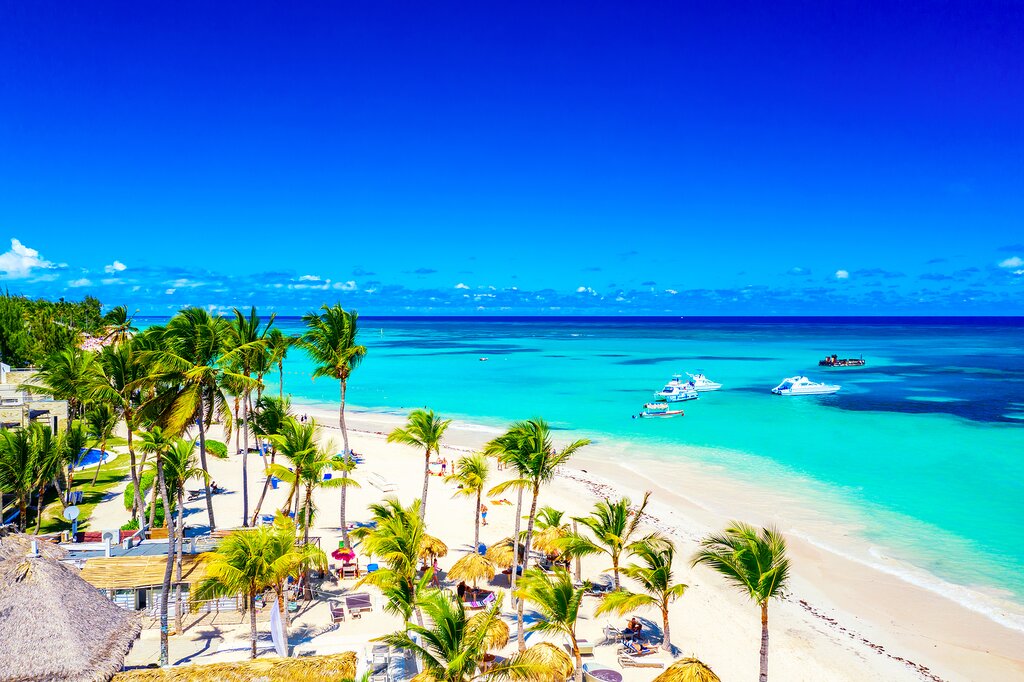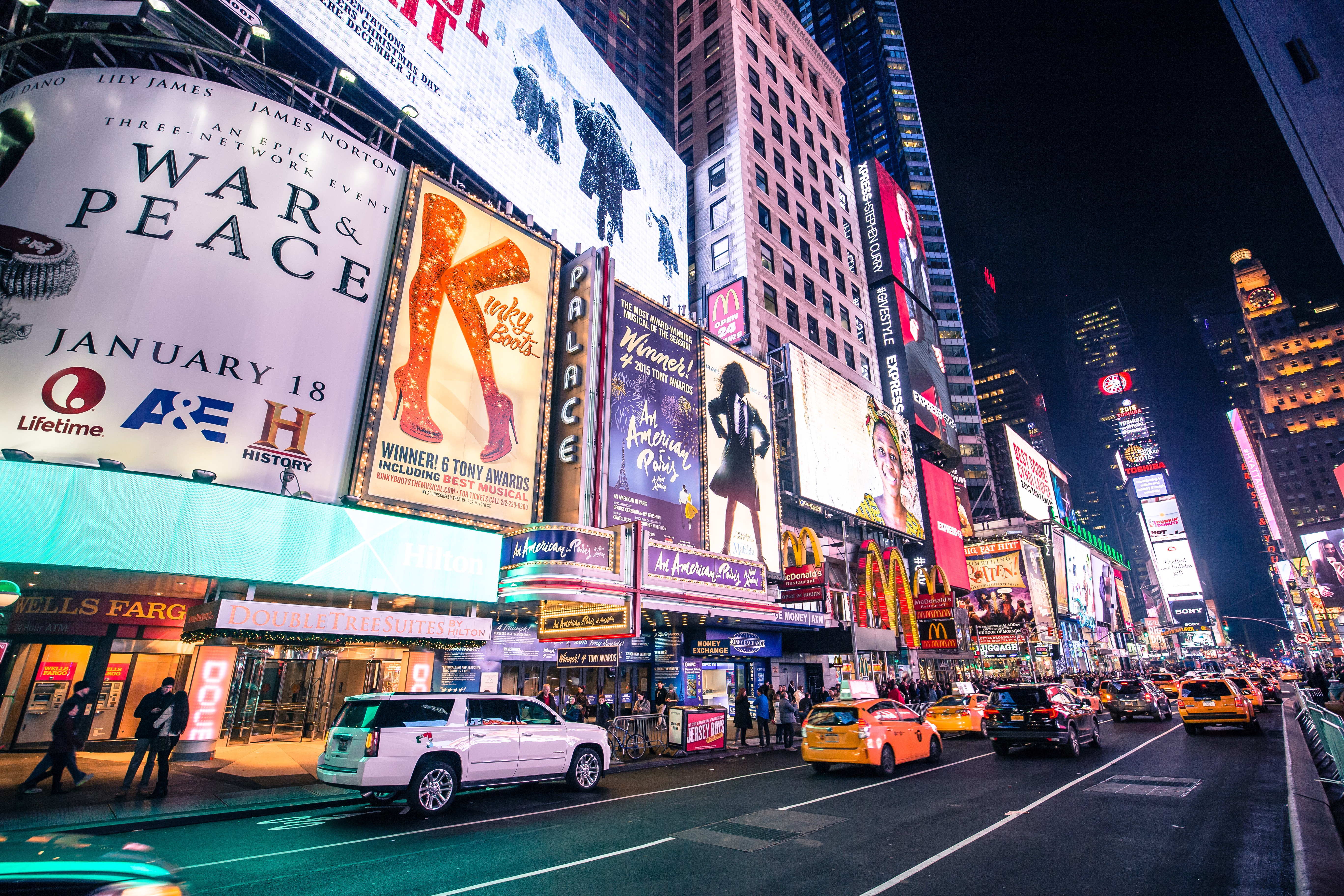The Dominican Republic, a Caribbean paradise with sun-soaked beaches, lush landscapes, and a rich history, has become one of the most sought-after destinations for travelers worldwide. In this comprehensive guide, we will unveil the best way to travel to the Dominican Republic, spotlight the must-visit places, and introduce you to the most tantalizing dishes that will make your trip unforgettable. Additionally, our Q&A section will provide answers to the most popular questions about this captivating country.
How to Travel to the Dominican Republic
The most convenient way to travel to the Dominican Republic is by air, with several international airports available, including Punta Cana International Airport (PUJ), Las Americas International Airport (SDQ), and Cibao International Airport (STI). Numerous airlines offer direct flights from the US, Canada, and Europe, ensuring a hassle-free journey to this Caribbean paradise.
Once you arrive in the country, you can use public transportation, rent a car, or hire a taxi to explore the island. For a more authentic experience, consider taking the guagua, a local bus system, or motoconchos, which are motorcycle taxis.
Must-Visit Places in the Dominican Republic
Punta Cana Punta Cana is known for its stunning beaches, luxurious resorts, and vibrant nightlife. Bavaro Beach, Playa Blanca, and Macao Beach are just a few of the breathtaking stretches of sand you can't miss. For those who love adventure, zip-lining and snorkeling are popular activities in this area.
Santo Domingo The capital city of the Dominican Republic, Santo Domingo, is rich in history and culture. Make sure to visit the Colonial Zone, a UNESCO World Heritage site, where you can explore landmarks like the Cathedral of Santa Maria la Menor, Alcazar de Colon, and the National Pantheon.
Puerto Plata home to the Amber Museum and Fort San Felipe, Puerto Plata is a perfect mix of history, culture, and natural beauty. Don't miss the chance to ride the cable car up to Mount Isabel de Torres, where you'll be rewarded with panoramic views of the city and coastline.
Samaná Peninsula The Samaná Peninsula is an unspoiled paradise with pristine beaches, lush rainforests, and waterfalls. Visit the El Limón Waterfall and take a boat trip to Cayo Levantado, a stunning island with turquoise waters and white sandy beaches.
Jarabacoa For outdoor enthusiasts, Jarabacoa is a must-visit destination. Nestled in the mountains, this charming town offers opportunities for hiking, mountain biking, and white-water rafting. Explore the region's natural beauty, including the Jimenoa and Baiguate waterfalls.
Jarabacoa is becoming a new hotspot for investors, vacation home owners, Americans that want to spend a year or two outside of the United States and retieries. It has excellent weather, it is the city in Dominican Republic with the lowest crime rate which it is basically non existing and extremly friendly people. Cost of living makes this a no brainer to visit, invest or to own a villa. We recommend Alterra Village which has become one of the top communities to invest due to its nature and location.
Visit Alterra Village -Sponsor-
Best Dominican Dishes to Try
La Bandera Dominicana This traditional Dominican dish consists of white rice, red kidney beans, and stewed meat, typically served with a side of fried plantains and salad. It's a delicious introduction to the country's cuisine.
Sancocho Sancocho is a hearty stew made with a mix of meats and root vegetables, such as yucca, plantains, and yams. Often enjoyed during celebrations, this flavorful dish is a must-try for any visitor.
Mofongo Originating from Puerto Rico but widely popular in the Dominican Republic, mofongo is a flavorful dish made from fried green plantains mashed with garlic, pork cracklings, and broth. It can be served with meat, seafood, or vegetables, making it a versatile and satisfying meal.
Chivo Guisado Chivo guisado is a mouthwatering goat stew seasoned with a blend of spices, tomatoes, onions, and peppers. It is usually served with rice or boiled yucca, allowing you to soak up the rich flavors of the dish.
Habichuelas con Dulce This sweet treat is a popular Dominican dessert made from red beans, milk, sugar, and spices, such as cinnamon and cloves. Topped with raisins, cookies, and coconut, habichuelas con dulce is a must-try for those with a sweet tooth.
The Dominican Republic offers a diverse array of experiences, from relaxing on pristine beaches to exploring historic sites and indulging in mouthwatering cuisine. This ultimate guide, along with the Q&A section, will help you make the most of your trip to this Caribbean paradise. So pack your bags, and get ready for an unforgettable adventure in the Dominican Republic!
Q&A Section
Q: What is the best time to visit the Dominican Republic?
A: The best time to visit the Dominican Republic is between December and April, when the weather is pleasantly warm and dry. However, if you prefer a quieter experience, consider traveling during the shoulder season from April to June, when the crowds thin out, and prices are lower.
Q: Is the Dominican Republic safe for tourists?
A: The Dominican Republic is generally safe for tourists, but it's important to exercise caution and use common sense. Stick to well-traveled areas, avoid walking alone at night, and secure your belongings. Additionally, be cautious when using public transportation, and always hire registered taxis or reputable tour operators.
Q: What is the official currency of the Dominican Republic?
A: The official currency of the Dominican Republic is the Dominican Peso (DOP). It's recommended to exchange money at banks or authorized exchange bureaus, as street vendors may offer unfavorable rates.
Q: Do I need a visa to travel to the Dominican Republic?
A: Citizens of the United States, Canada, and the European Union do not need a visa to enter the Dominican Republic for stays up to 30 days. A tourist card is required, which is typically included in the airfare or can be purchased upon arrival at the airport.
Q: What language is spoken in the Dominican Republic?
A: Spanish is the official language of the Dominican Republic. However, English is widely spoken in tourist areas, making communication relatively easy for travelers.










